Following a reasonably painful wrist injury in early 2024, compounded by three of my film Leica M’s being away for repair, I have been using a Contax G2 as my primary camera – and enjoying it more than I ever thought was possible. I have owned the system for many years, but relegated to the back of my cupboard after finding my groove with the M system, so prior to 2024 very few rolls travelled through the machine.
Although I have written in the past (here, here, here, here, here, and sort of here) about my use of the Contax G1, I don’t know that I ever arrived at a public conclusion about that camera, so here it is: The Contax G1 does not exist. It is a non-camera, an unfinished product. I have bought, sold, and rebought it over the years more times than any other camera I have owned and hated it every single time. I don’t know why I wanted to give it so many second chances, or what I hoped to prove to myself in those efforts. In theory, and on paper to me, the G1 is a superb value proposition, being able to use some of my favourite lenses on a very cheap and simple body.
In practice, the G1 autofocus system just does not work for me. The viewfinder barely lets me verify the distance check, and even when it reads out as where I’m hoping for, when I see the negative I already know it was a wasted frame. I have missed focus more times with the G1 than any other camera, across many hundreds of thousands of images I’ve taken. My preference for manual focus is in part down to trust issues the G1 bestowed unto me.

The Contax G2 fixes this, although I did not fully appreciate or explore what that meant until my recent uses of the camera as part of my documentary workflow. Part of this is down to the secondary focus function built into the back button, where the G1 has only a sensitive two stage shutter. The only times I have missed focus with the G2 have been when I did not use the back-button-focus system, or when I know I slipped from it, leaving the camera to either refocus wherever the system saw best at the moment of shutter firing, or defaulting to infinity when it cannot find something in range.

The kind of work I make has changed, which means that when the focus has been missed it has ended up not making a huge difference, due to other redeeming qualities in the frame. What comes to mind is this image (above), made in a tight space during a lively moment during a protest, and without use of the back button. You can see that the back of the frame is in focus, so I assume the camera defaulted to infinity. However, the aperture is low enough that there is still enough detail to see the situation and get a sense of what is going on.

The viewfinder is also improved from the G1, even the slightly larger area to focus and check the digital readout at the bottom of the screen makes a huge difference. Glasses and poor eyesight rule most of my gear based decisions, and the G2 is just on the edge of what’s acceptable and usable – where the G1 is beyond the pale. I sort of have to mentally set myself up as if I were using my Olympus XA, and the viewfinder size becomes much more manageable, simply by dropping my expectation somewhat I accept it for what it is – a framing tool, with some information beneath it for me to double check every so often.
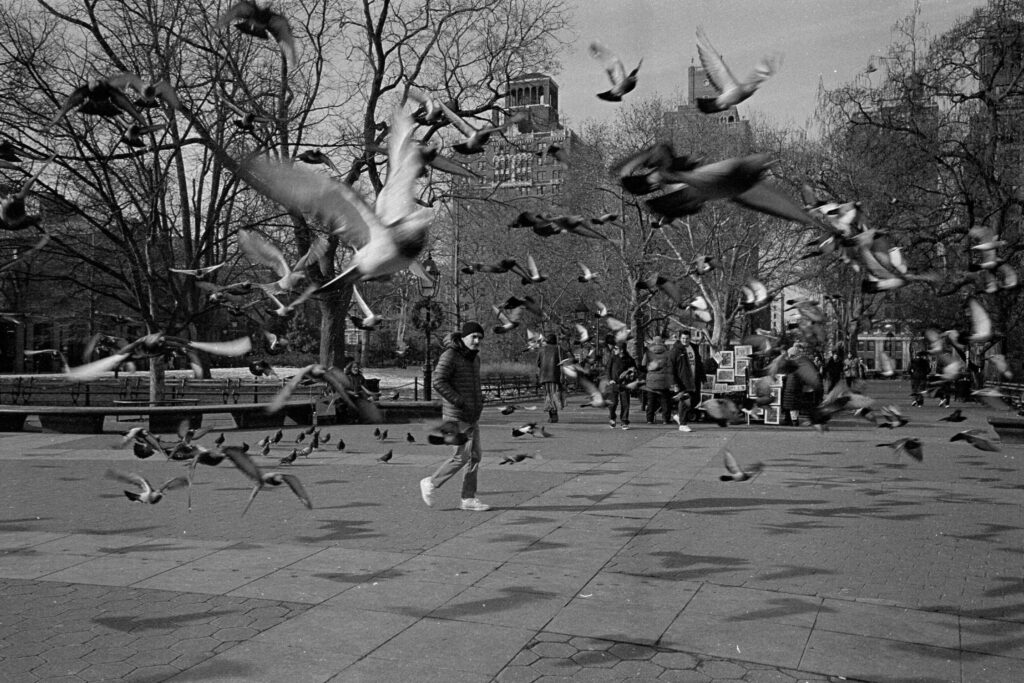
A Leica M6, or Nikon F2 is intuitive to the extent that everything you see has a function, an obvious one if you know anything about how a camera works, and with that knowledge operating those functions makes very obvious sense. Anyone can pick one up and instinctively turn the focus, aperture dials, shutter speed, look through the viewfinder, and at least frame their image.
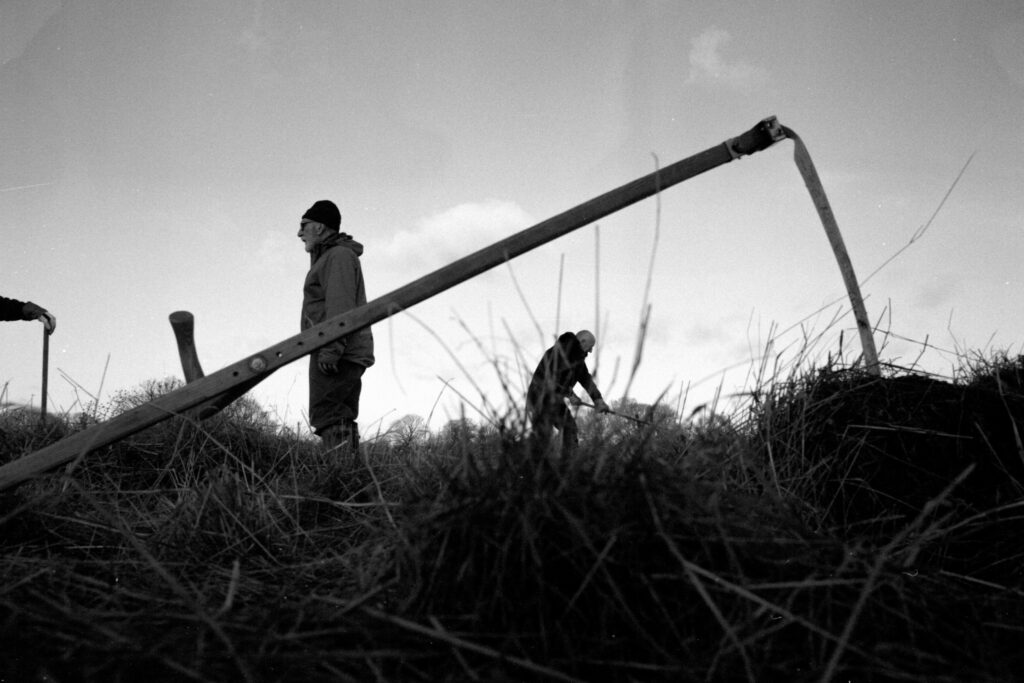
The Contax G2 is a little less intuitive, with a bit more going on before you’ll be able to line up and produce an exposure. Spending some time with the camera, looking at all the options and setting them up in advance, and practicing using the focusing system a lot will go a long way when using it in the field. Practicing with the focus is especially important, as it is your mastery of this aspect which (in my opinion) will decide whether or not this camera is right for you. Learn to check and recheck the distance readout on the viewfinder screen. Learn the sounds the lens motor makes when it locks on, vs when it defaults to infinity.

In saying that mastering the focusing system will be the make or break point for this camera, I seem to be implying that basically everything else is perfect. I am indeed saying this. The only changes I would have ever suggested for a G3 would be viewfinder size improvements, and improvements to the focus system. Maybe a dial-lock for the mode settings on the left of the camera, which I have taped down on single shooting mode. I really have little to say about the operations of the rest of the camera which haven’t already been said by others.
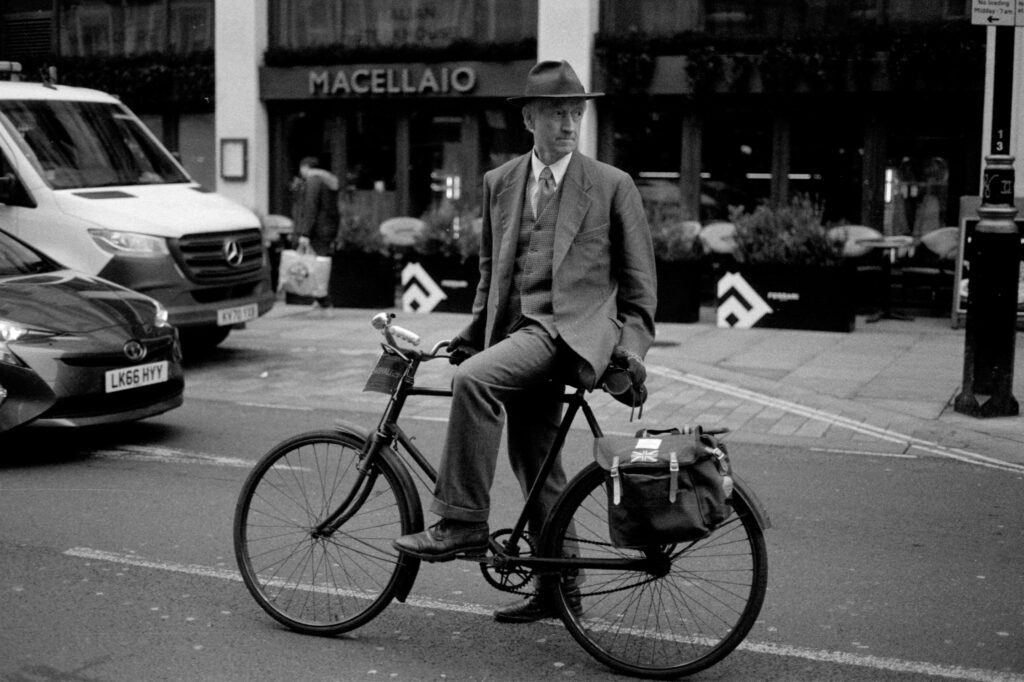
It takes time and practice – either using the distance readout on the top screen when focus is achieved (useful for photographing from the hip), or using the viewfinder distance readout and making sure it seems like it’s locked, and to a distance that makes sense for where you need it. The fully digital aspect means it’s a bit less responsive than an SLR, where the lens physically shows a distance readout, and can be easily manually overridden. The G2 works best for me when I “feel” these factors very quickly, not getting lost in constant reverifying but trusting my experience and use – again, it takes time and practice to become familiar, and this is where many people seem to give up.

I have never used the bracketing function. I likely never will. Same goes for the CAF and MF focusing functions, high speed shooting modes, and double exposure mode. Never have, never will. The wheel on the front of the camera only gets used when changing the ISO, or on the few occasions I need to access the secret menu to have a roll rewind and leave the leader out. Other than that it is effectively a fidget spinner.
As a fully electronic machine I have to think about battery life more often than with my M6, which requires a fresh cell every six months or so – with heavy use. The G2 will need a switchover every ten rolls, sometimes fewer depending on whether I’m doing a lot of “window shopping” shots without taking them. In the winter, you may have to remove the batteries and warm them up a bit for them to work, as I’ve had freshly fully charged ones die within a few frames – but working again after a few minutes in an inside pocket. Rechargeable batteries mean less waste over time; I’ve cycled through the same 4 rechargeable CR2 batteries for a few years, and they work great. Always carry a spare, and a coin to unscrew the compartment!

I sometimes use the AEL lock, which is positioned on the on switch around the shutter button. Not often, maybe a dozen times in the last year or so, only in very tricky high contrast situations where an even read of the scene would leave it very over or under exposed. It’s very fast and intuitive to point the camera at the general area you want to meter for, click the switch, then focus, recompose, and shoot. Other than these situations, I trust the auto metering of the camera very much, and have only lost a couple of frames I can remember to anything close to a misread of the light.

The top shutter speed of 1/6000ths is ideal, and allows me to shoot wide open quite often, even when using a 400 speed film. Great versatility for bright light use. It’s comparable to my F4, which has a top speed of 1/8000ths.

I only switch to the manual shutter speeds when using flash, or when I need a specific shutter effect, like when panning. I haven’t used any of the Contax TLA flashes, and cannot justify the price, but from what I have heard they are some of the most intuitive options around.

I own four of the possible seven lenses compatible with this system: the 21mm, 28mm, 45mm, and 90mm. While 90mm is one of my absolute favourite focal lengths, which I’ve used for some of my best images to date with my M6, my go to lens for the Contax system is the 45. I usually carry that and either the 21 or 28 depending on the environment I think I’ll be working in. The 90 is my least used lens on this system.

When I do use the G90mm lens it’s for still life, landscape, and detail work, rarely portraiture although it can absolutely make some special portraits. The 45mm is so good that I can use it for basically everything, except when a wider lens is absolutely necessary, at which point I’ll switch to the 28 or 21. I used the 28mm for some time, but found myself unable to frame some of the very close situations I was working in, unable to take a step backwards from my subject, which prompted my purchase of the 21mm.
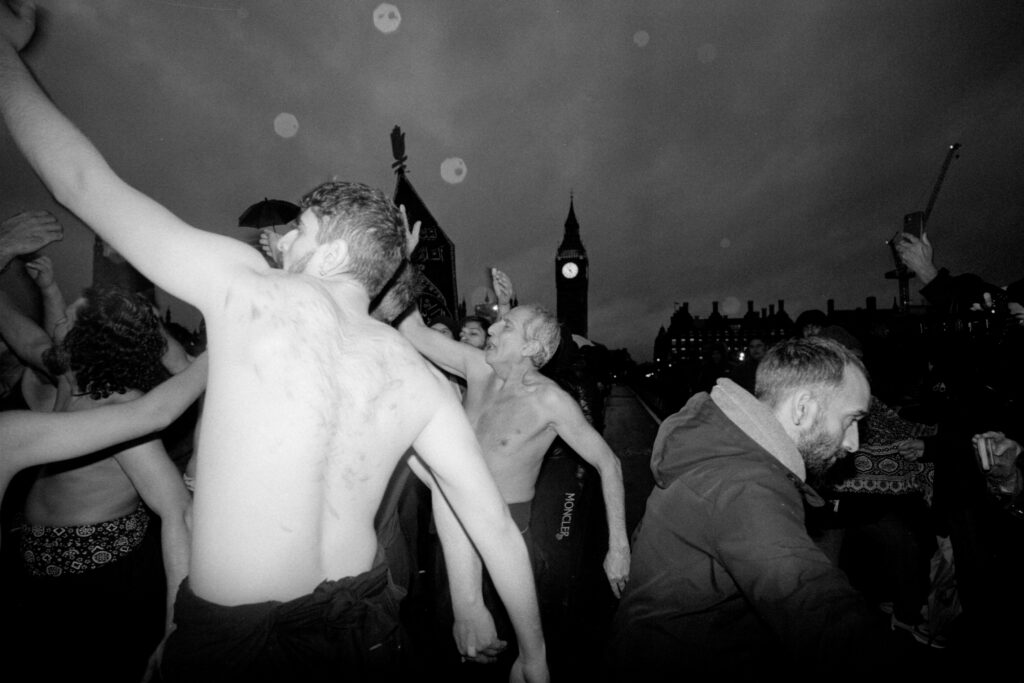
Focus seems clunkier on the 90, which makes sense as it’s a heavier piece of glass the motor is manoeuvring. 21, 28, and 45 all seem equally snappy to me, although the 28 may have a slight edge. In practice I don’t think you will notice a difference of milliseconds in the vast majority of applications.

This combinations of lenses is ideal for “people” photography – in my application that means documentary, photojournalism, reportage, and street. I have used it for very hectic, fast paced journalism, as well as slow, methodical composition based work. The lenses have a great synergy, by which I mean their rendering is at a parity to my eye, except in extreme cases. You would be hard pressed to determine what focal length many of my images were made at, unless it’s very obvious, such as with a portrait which was clearly taken at a certain distance, or a wide view that could only be from the 21.
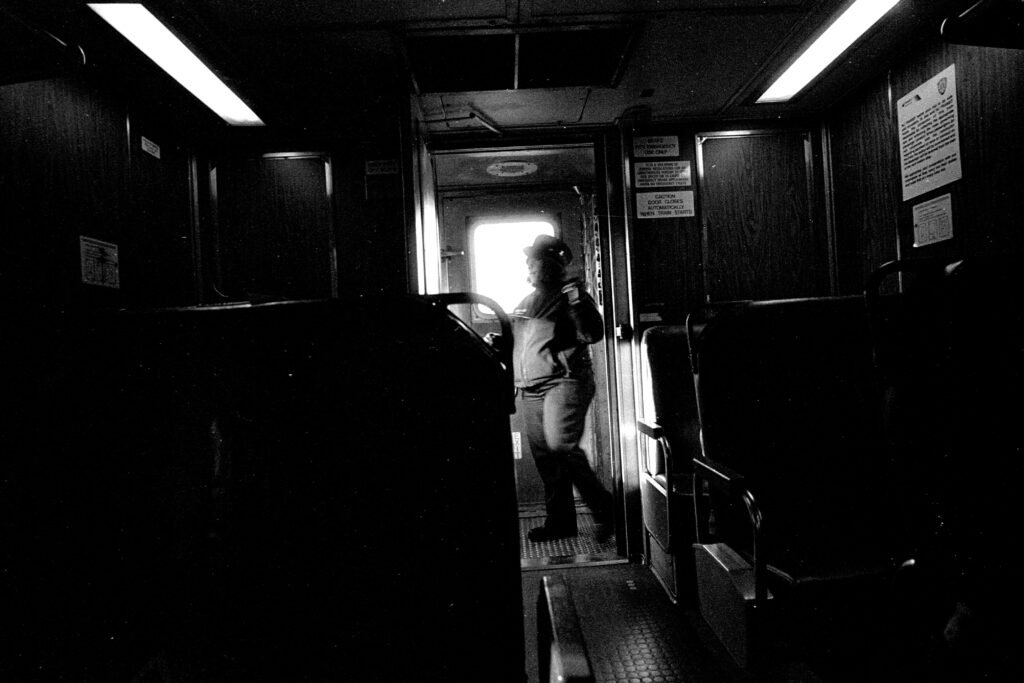
The look is very special, as many other reviewers of this system have highlighted. Somehow the wide angle 28mm and 21mm lenses have more falloff than they should, when used wide open. This may have to do with micro-contrast, or some other technical aspect which eludes me, but whatever it is, I don’t know of any other wide angle lenses that render the way these do.
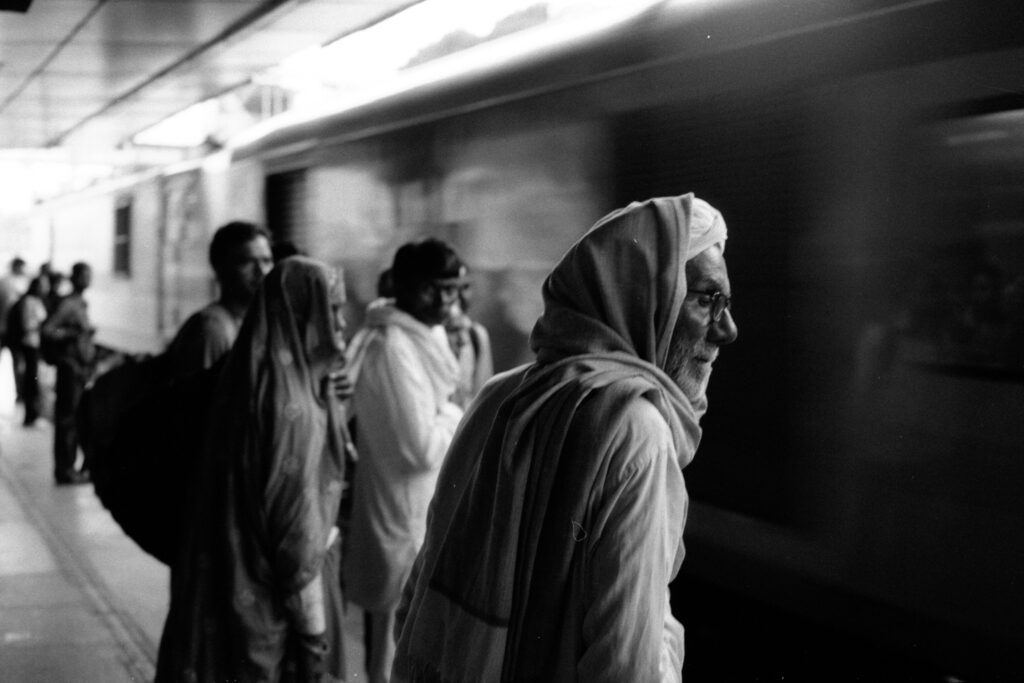
The G2 has an edge over my use of the Leica M system, where my glasses limit the widest lenses I can realistically utilise. The widest focal length in the built in viewfinder is 28mm, and using this is no different than the 45, as the optical finder automatically shifts to represent whatever lens is mounted. On my M system the widest I can reliably go is 35mm on a 0.68x viewfinder.
The G2 allows me to use 28mm, my “least favourite focal length”, which has allowed me to appreciate it a little more for what it is. When it’s good it’s very good, and when it’s mediocre it may as well be a snapshot.
Framing is accurate, with less ambiguity than an M rangefinder, although without the benefit of the frame-within-a-frame appeal of being able to see outside of the framelines. My G2 isn’t like an M, and it isn’t like an SLR either, it feels more like a window within a box although that’s putting it somewhat inelegantly. The optic moves and adjusts as you focus to compensate for parallax, meaning I’ve never mis-framed any super close up detail images. No information is lost as long as I include it in the frame when composing.
The above video shows my workflow using only the 28mm lens in a protest environment.
With the 21mm I use an external viewfinder, which coupled with the autofocus makes for very fast operation, unlike an M where I would need to manually focus and then switch to the external finder to recompose. Saving the second or so this takes can make all the difference in a rapidly evolving environment, like a protest. I used to use the Zeiss 21mm Biogon-M on my Leica’s but ended up selling it because I couldn’t accomplish what I ended up discovering was possible with this system. The 21mm for Contax G is also a Biogon design, and I see little difference in the image quality when comparing results from the two.
The above video shows my workflow using only the 21mm lens in a documentary situation, working in a closely packed environment at times.
The Contax G2 has a great weight to it – not point-and-shoot light, but not distractingly heavy, and feels good in my hand. One handed operation is very useful when I cannot use my left, due to injury, or pushing through a crowd, or holding something else. Manual operation of a rangefinder is a two handed task, and I don’t always have the spare hand to do so. The camera also fits in my jacket pocket with all lenses except the 90mm, which is very convenient.

Durability is not a concern at this point, although I was gentle with it when I first got it. It has gone through rougher treatment than my Nikon F4, which I more or less battered to pieces some time ago. My G2 has been knocked around, smashed into walls and even between vehicles at points while travelling through India. I have used it in monsoon heat and humidity, as well as heavy English rains, and well below freezing temperatures in New York. It was accidentally dragged through the mud at a festival, and has been dropped on hard surfaces several times.
Of course all secondhand electronics are somewhat unknowable, and it’s possible someone else’s iteration of the same camera wouldn’t survive half of this, but mine has. There is no issue with any of the LCD screens, inside or out. All internal mechanisms operate perfectly. I trust this machine, and find it to be as reliable as I can hope for.
Having said that, my efforts to try and incorporate a second G2 body into my workflow has given me plenty of experience with ageing electronics, and I’ve yet to settle on a backup option. With no permanent solution, I am still more than happy using this camera as supplementary to my Ms, especially to use those wide angle focal lengths that I don’t quite enjoy on an M as I do a 50mm or 90mm.
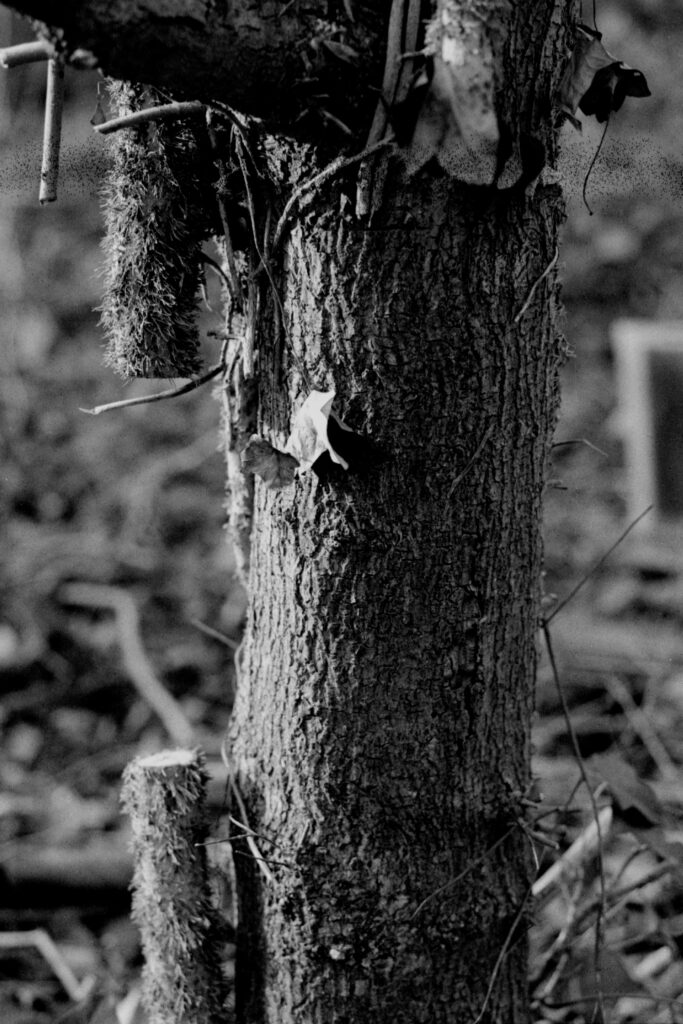
I often say that if the camera is doing it, you are not – in other words you have less of a role in the creation of the work, handing control over to electronics and automation. With the G2 I don’t feel a disconnection, or that I have delegated the task of exposure and focusing, because I am still making the decisions – in harmony with the camera rather than fighting against it, or hoping for the best.
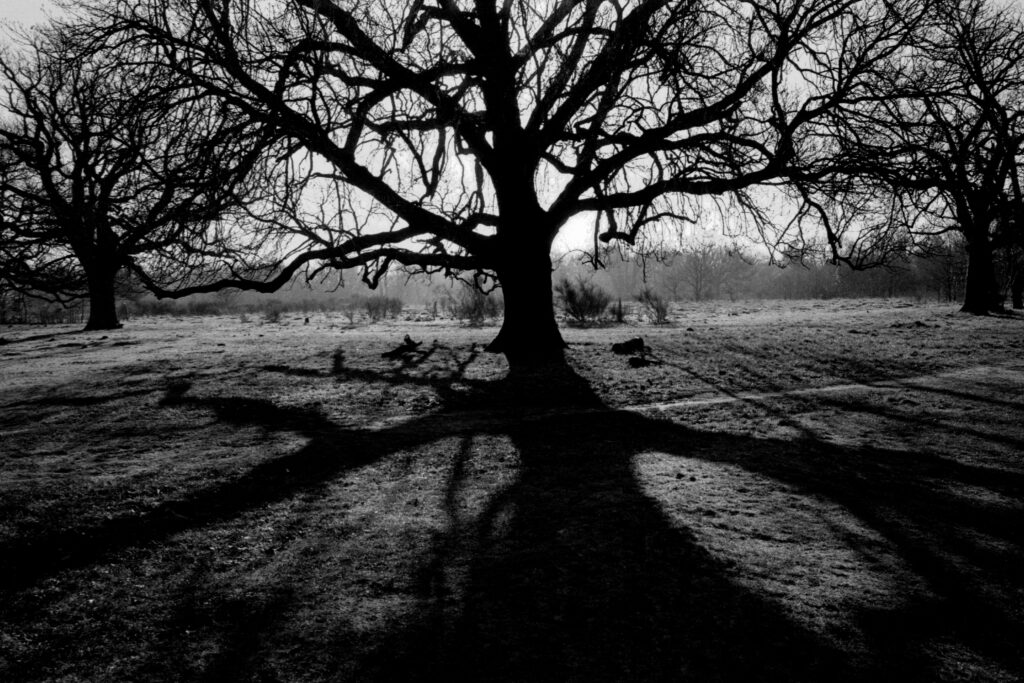
I like my Leica cameras, and the workflow they encourage. I also like my G2, and the potential it allows beyond my accessible focal range with an M. I have dual-wielded combinations of these cameras, usually my M6 with a 50mm and Contax with 28/21mm, with great results. I don’t think I would do the reverse, wide with M and mid/long with Contax. I am glad to have been forced into a position where using my Contax again was my only option, and to be producing the right kind of work to really appreciate what this camera system is offering.
The technology is certainly “outdated” but the same is true of my M6, and I don’t have any issues with that. The G2 is the most recent film camera I own, and it does not lag, or hold me back – so in that sense it isn’t outdated at all. It’s relevant today, and relevant to the work I am making today. That’s what matters to me.
Thank you for reading my thoughts on the Contax G2, and some of the lenses of the G system. If you like my photographs and videos shown here, please consider following my YouTube and Instagram accounts. I buy the majority of my film from Analogue Wonderland.
Share this post:
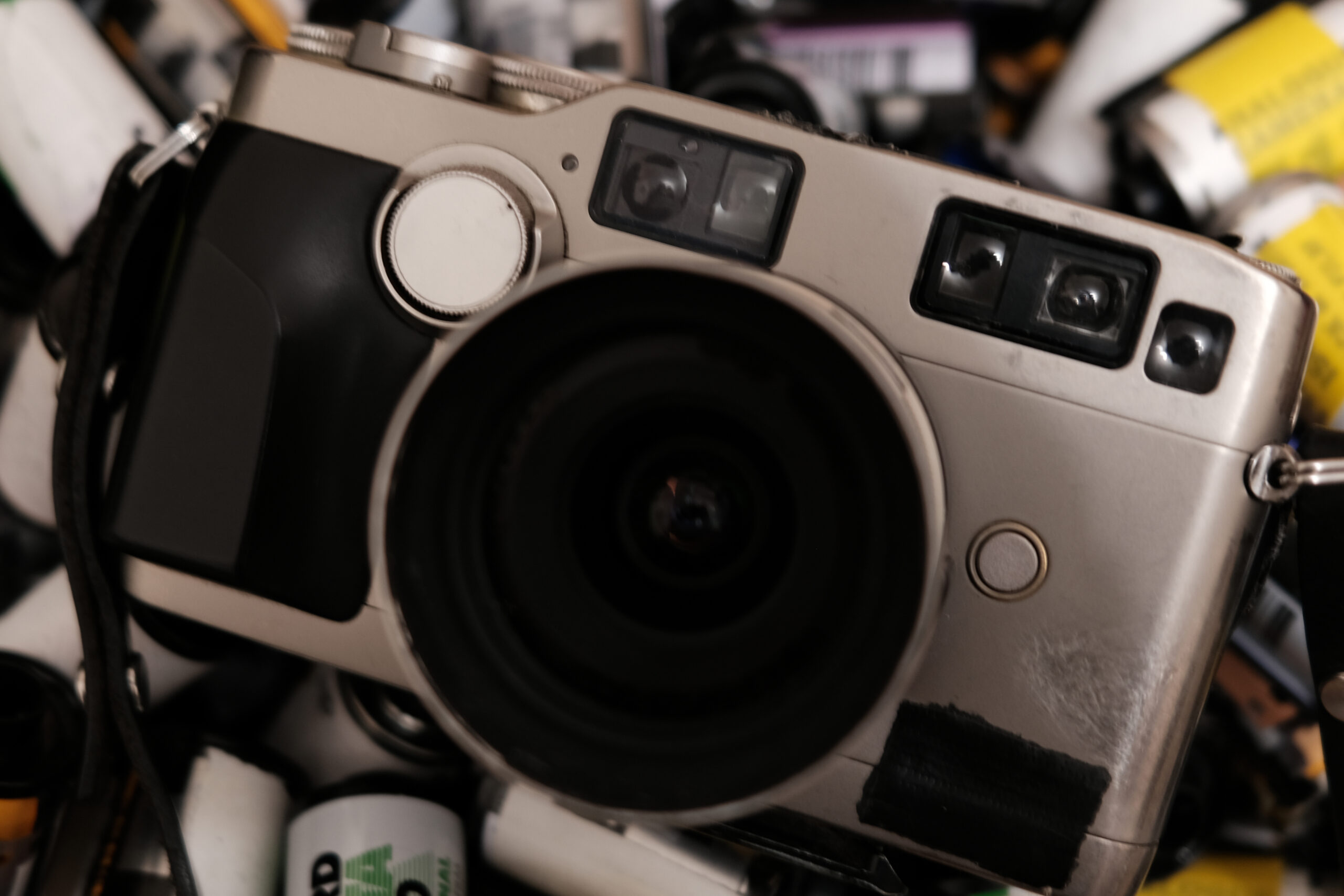
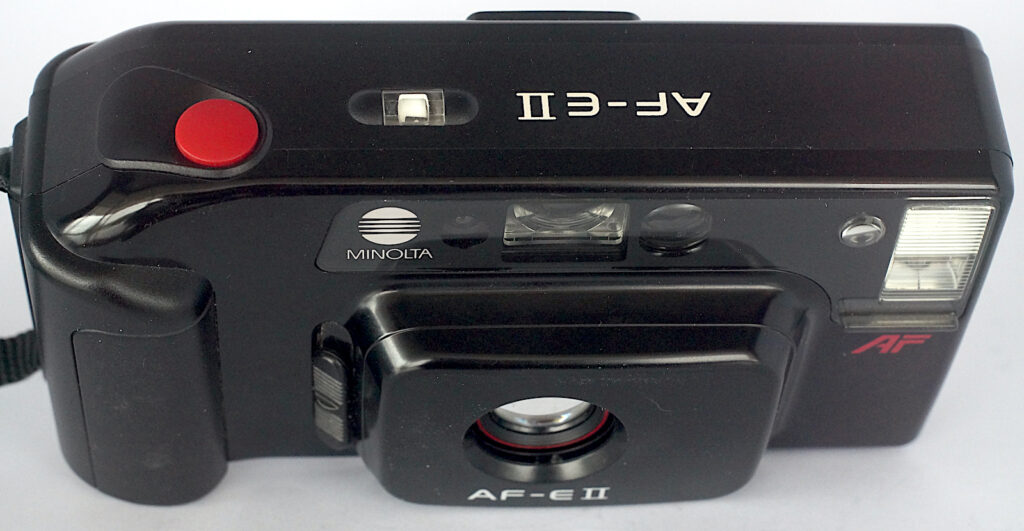
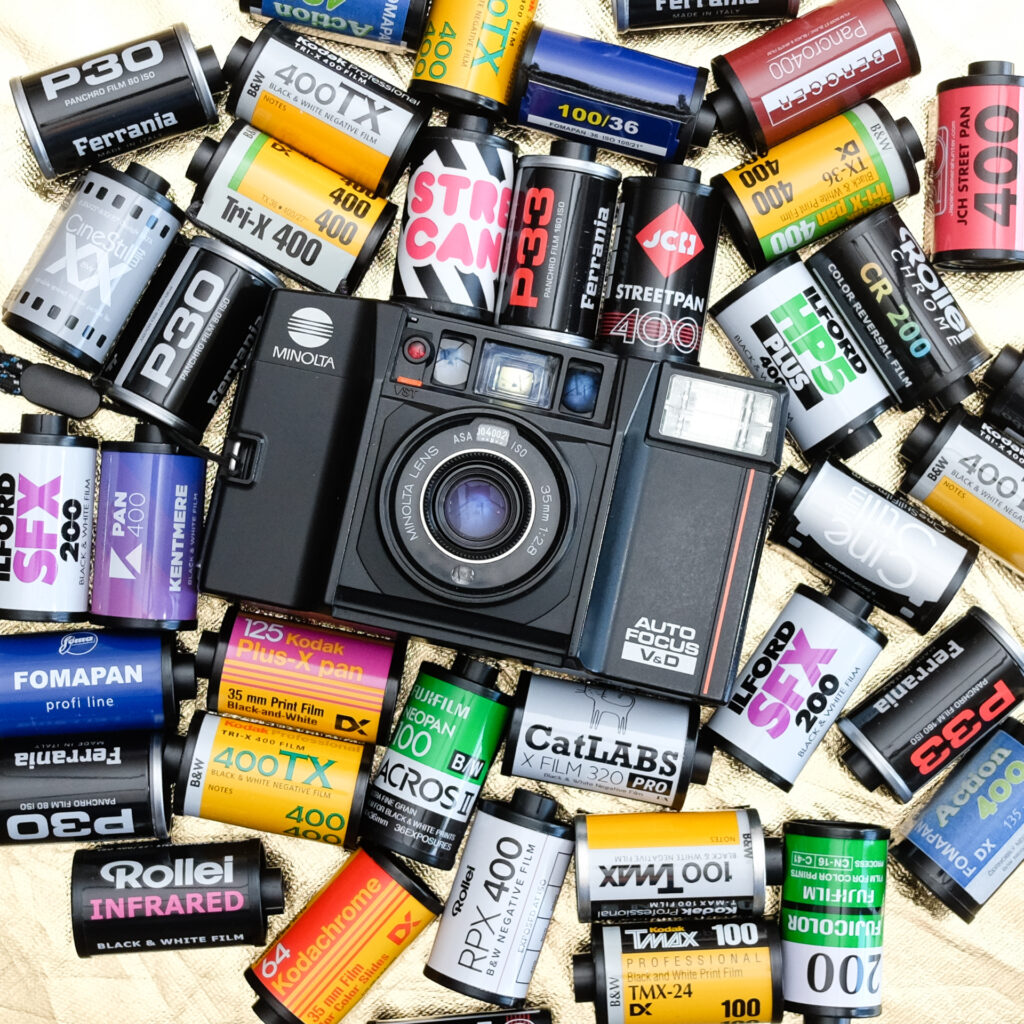
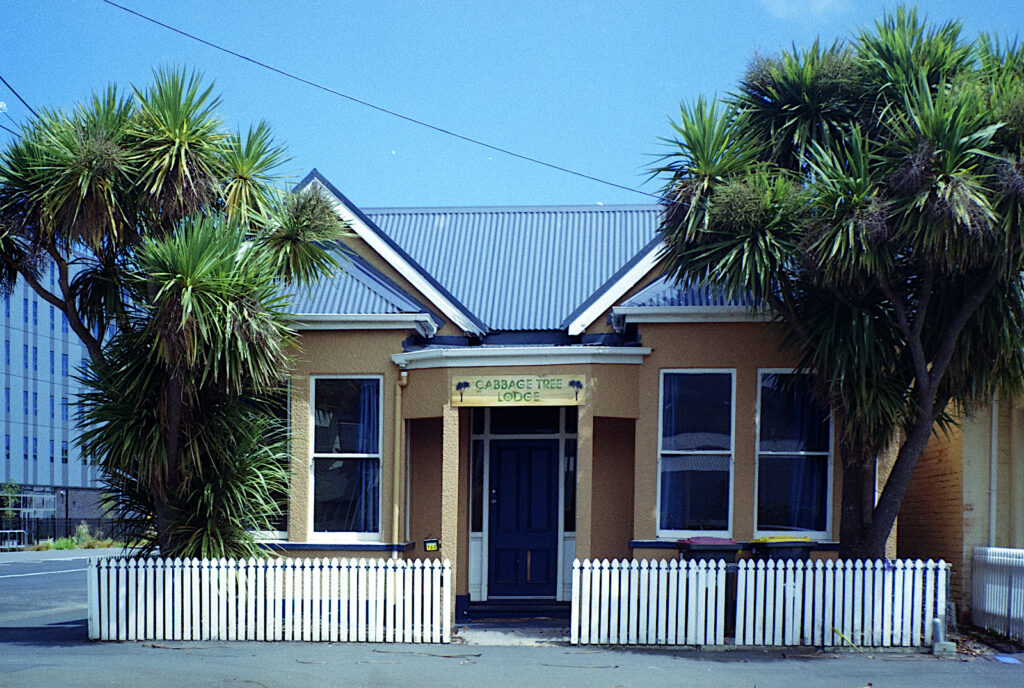
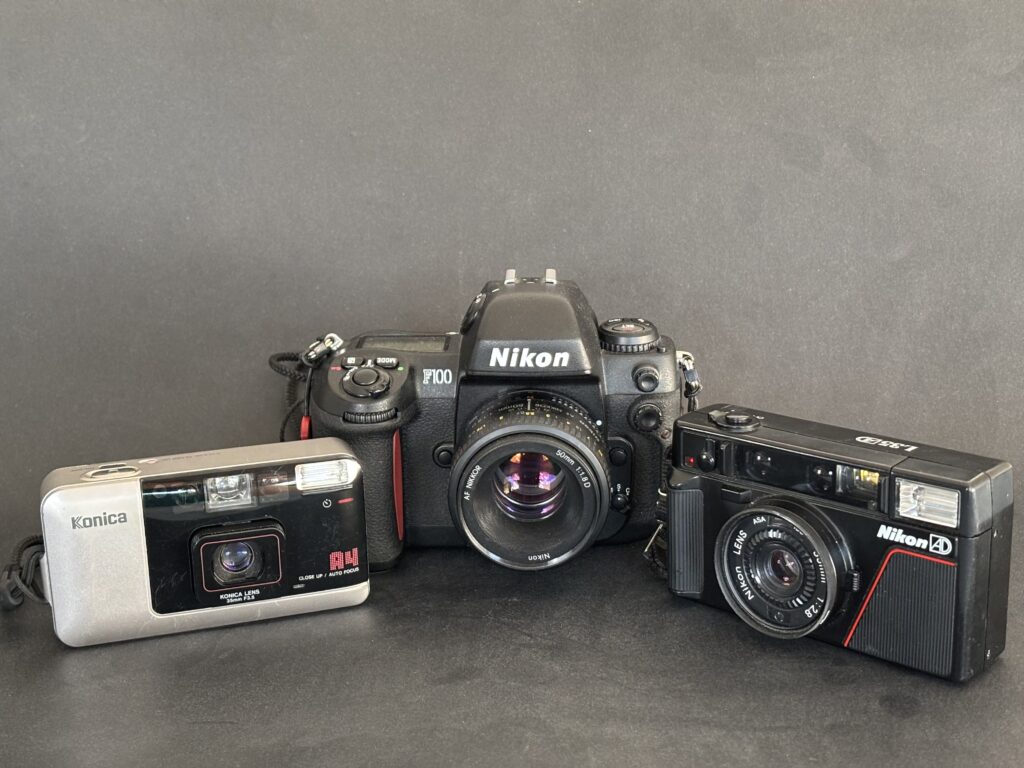
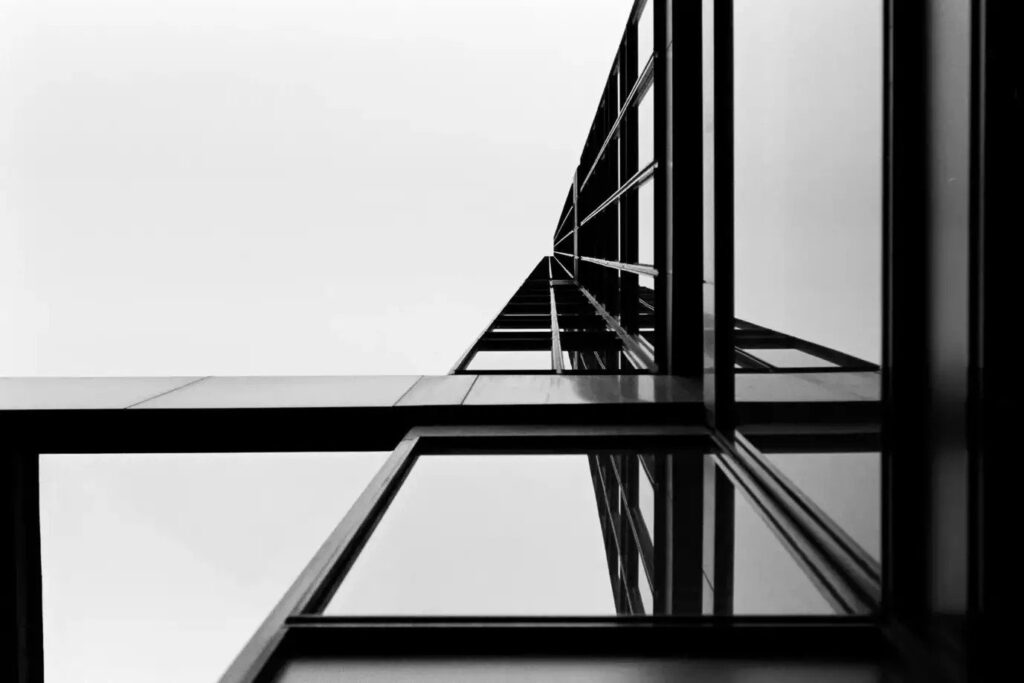
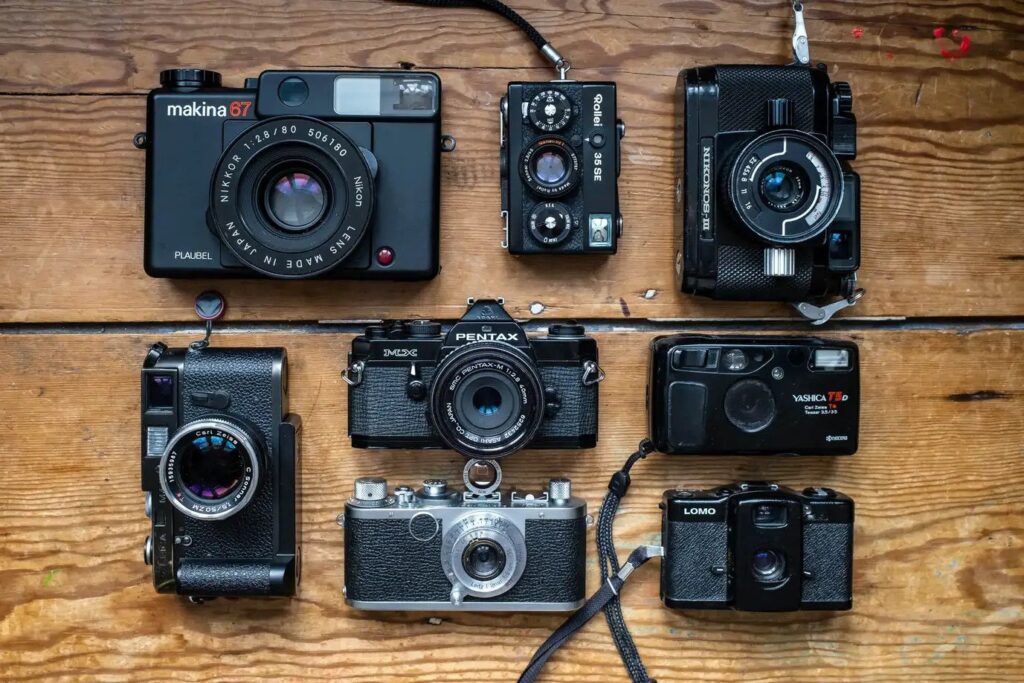
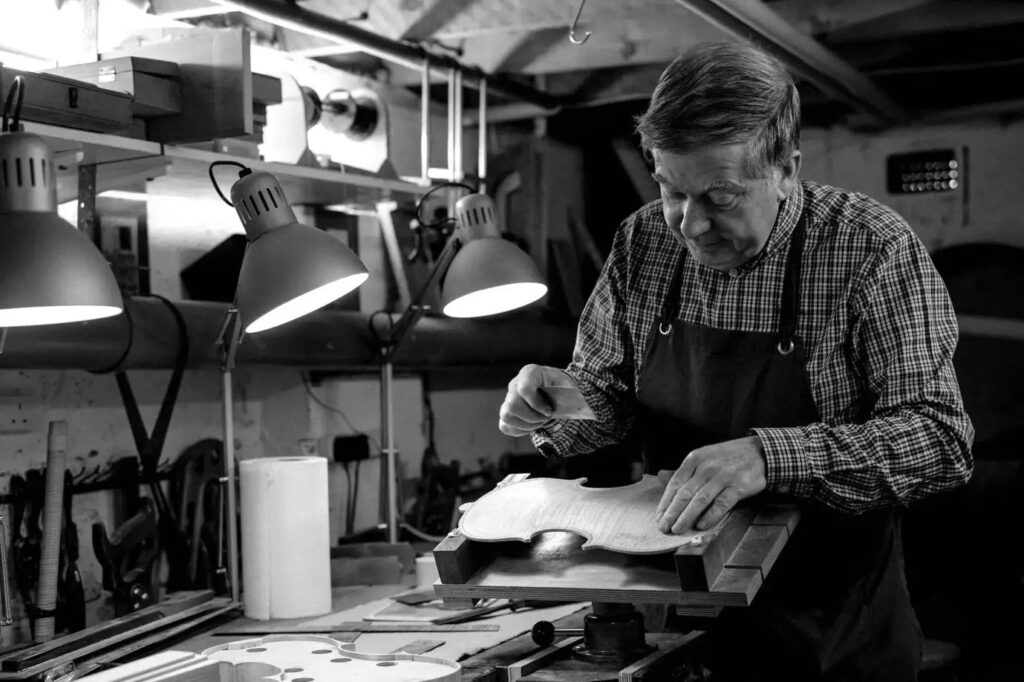
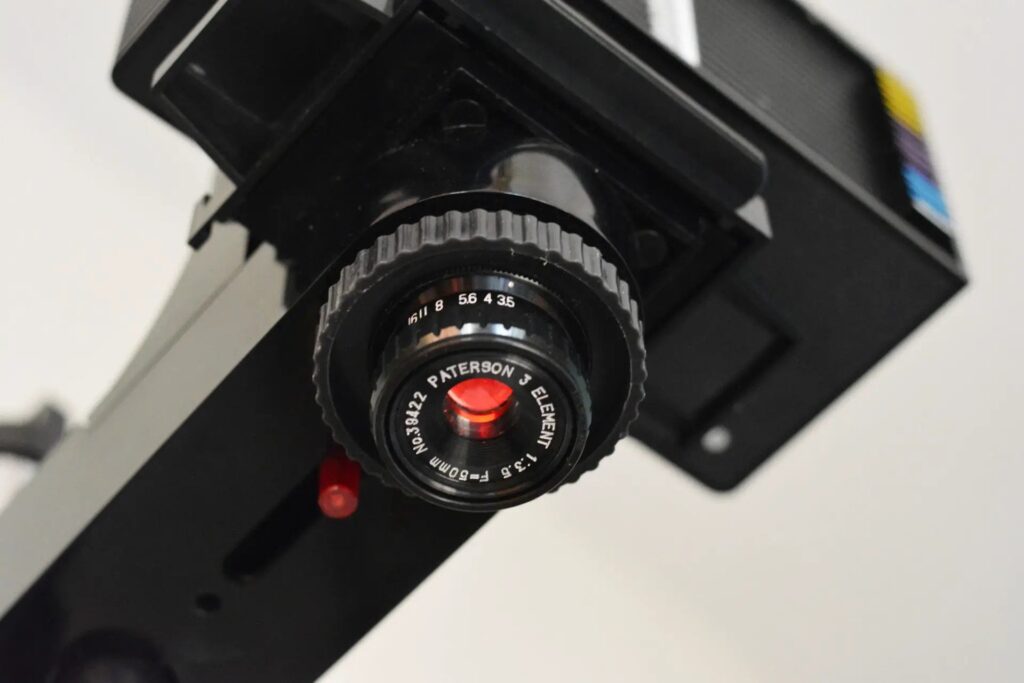
Comments
Bob Janes on Contax G2 – The Most Advanced Rangefinder
Comment posted: 10/03/2025
By coincidence, I've been shooting my G1 in recent weeks, trying to work my way through 'issues' that will be familiar to you... There is a real sense of heft and quality to this kit and I think if you do work through the issues it can be very 'usable'.
I may end up writing a review of the G1, which can add to the 'hive knowledge' and general debate.
Many thanks for this!
Comment posted: 10/03/2025
Jonathan Leavitt on Contax G2 – The Most Advanced Rangefinder
Comment posted: 10/03/2025
The Contax way of putting the focusing helicoid on the camera rather than on each lens, which dates back to their earliest rangefinders, starts to look like a very good idea when you compare with the enormous lenses produced today. One focusing motor in the camera, rather than a bulky motor in each lens, has much to recommend it.
If only there were a digital rangefinder with the same set up! The mirrorless cameras today have gigantic lenses which defeat the purpose of a compact camera body.
Art Meripol on Contax G2 – The Most Advanced Rangefinder
Comment posted: 10/03/2025
I was very intrigued by this because some years ago another photographer 'gifted' his Contax G2 to me. I thought it was absolutely a beautiful piece of engineering, felt possibilities with it in my hands but somehow could not take a sharp photo with it. I gave up too soon. Would that I had read this back then I'd still have that lovely camera. If I remember right it had a 28, 35 and 90 and the flash too. I let it go for a song a dozen years ago when film cameras could be bought for a song. And now I know all I needed to do was practice with it more until I figured it out like I do with my current gear. Dang. Great read Simon. Thanks.
Comment posted: 10/03/2025
Geoff Chaplin on Contax G2 – The Most Advanced Rangefinder
Comment posted: 10/03/2025
Comment posted: 10/03/2025
Gary Smith on Contax G2 – The Most Advanced Rangefinder
Comment posted: 10/03/2025
I just returned from several day at the coast and upon removing the film from the new-to-me Nikon FE, I realize that the camera has a EC dial as part of the ASA/ISO dial and that the EC was set to +1. That might explain why the last batch seemed somewhat flat? 36 color exposures developed yesterday awaiting scanning and inversion today.
I really like your second shot of the policeman as well as the pigeons and pigeon shadows with the guy striding across the plaza.
Thanks for your post Simon!
Comment posted: 10/03/2025
Huss on Contax G2 – The Most Advanced Rangefinder
Comment posted: 10/03/2025
"Contax G2 – The Most Advanced Rangefinder"
It is not a rangefinder camera. There is no optical rangefinder.
It is an AF camera which works like a high end P&S camera with interchangeable lenses.
I could claim my Rollei QZ35W is an advanced rangefinder camera too using that criteria - AF in autofocus, arrows to show which way to turn the focus dial in manual focus.
Comment posted: 10/03/2025
Comment posted: 10/03/2025
Comment posted: 10/03/2025
Comment posted: 10/03/2025
Comment posted: 10/03/2025
Comment posted: 10/03/2025
Comment posted: 10/03/2025
Comment posted: 10/03/2025
Comment posted: 10/03/2025
Comment posted: 10/03/2025
Comment posted: 10/03/2025
Comment posted: 10/03/2025
Comment posted: 10/03/2025
Tim Bradshaw on Contax G2 – The Most Advanced Rangefinder
Comment posted: 10/03/2025
The autofocus was both quicker and more predictable than that of my Sigma dp2 Quattro, which says something bad about that camera.
I sold it last year, because I was living in terror that, one day and perhaps soon, I'd pick it up and the electronics would have given up, leaving me with a brick. I miss it, but – I miss that lens – but I don't regret the decision.
Thank you for the article.
Jim Hofman on Contax G2 – The Most Advanced Rangefinder
Comment posted: 11/03/2025
Alexander Seidler on Contax G2 – The Most Advanced Rangefinder
Comment posted: 11/03/2025
Comment posted: 11/03/2025
Evan Bedford on Contax G2 – The Most Advanced Rangefinder
Comment posted: 11/03/2025
Daniel Castelli on Contax G2 – The Most Advanced Rangefinder
Comment posted: 11/03/2025
Ibraar Hussain on Contax G2 – The Most Advanced Rangefinder
Comment posted: 12/03/2025
I long for one
I had one for many many years and shot my most memorable and best photos with it
I even wrote about it on 35mmc
https://www.35mmc.com/21/07/2023/contax-g2-the-finest-camera-ever-to-see-my-minds-eye/
Jeffery Luhn on Contax G2 – The Most Advanced Rangefinder
Comment posted: 12/03/2025
I enjoyed your very good shots. The back-and-forth about the labeling of the 'rangefinder' for that camera was interesting. I don't have a dog in this fight, so I'll just say your results were nice.